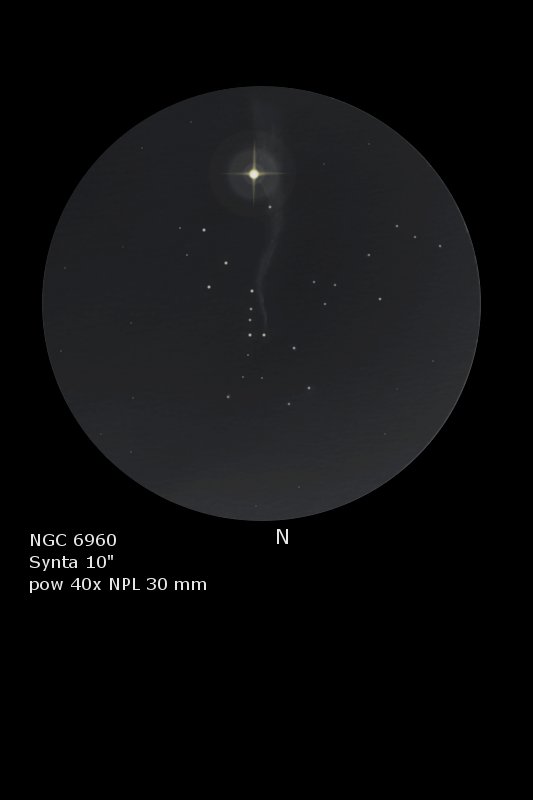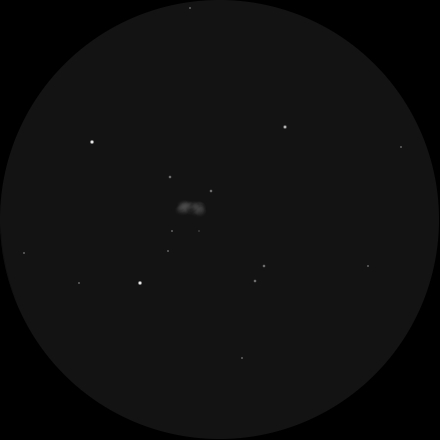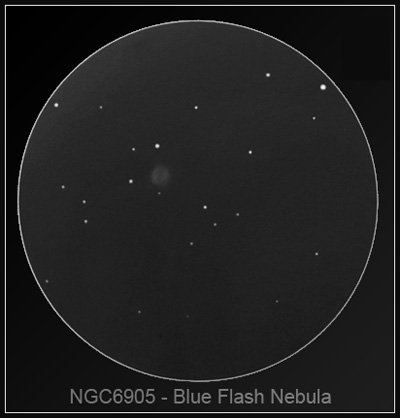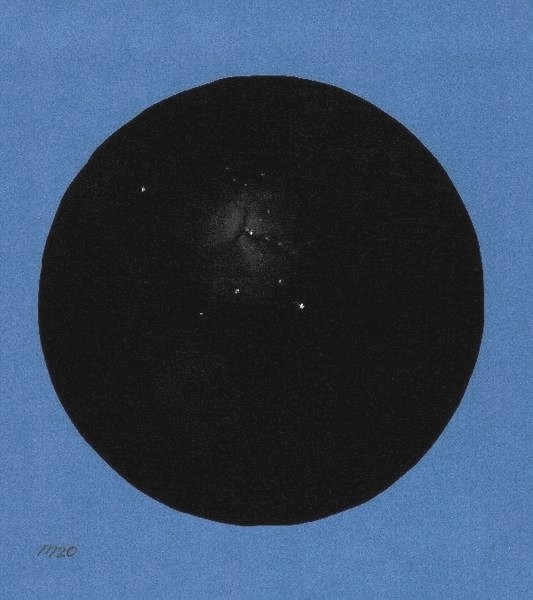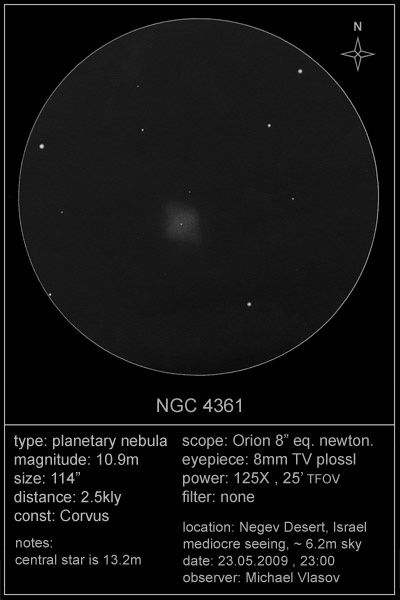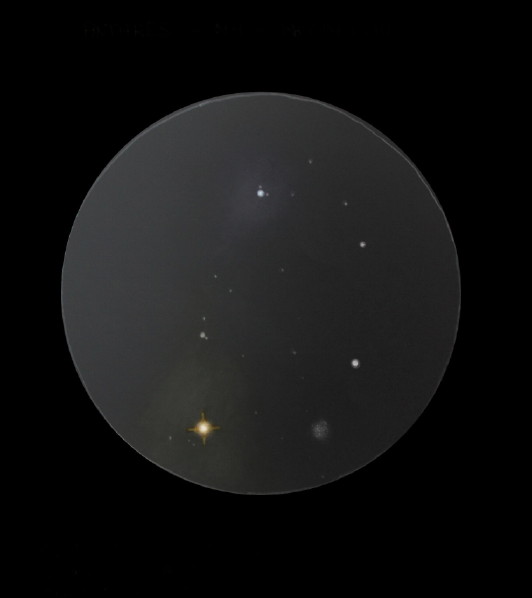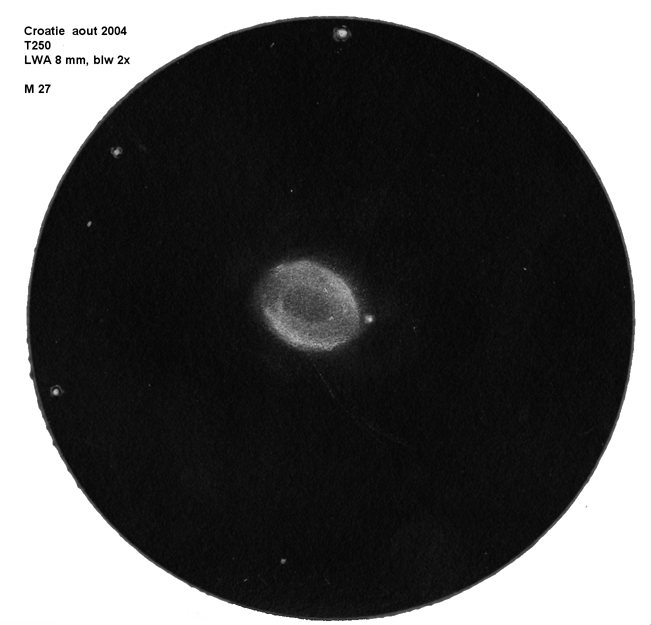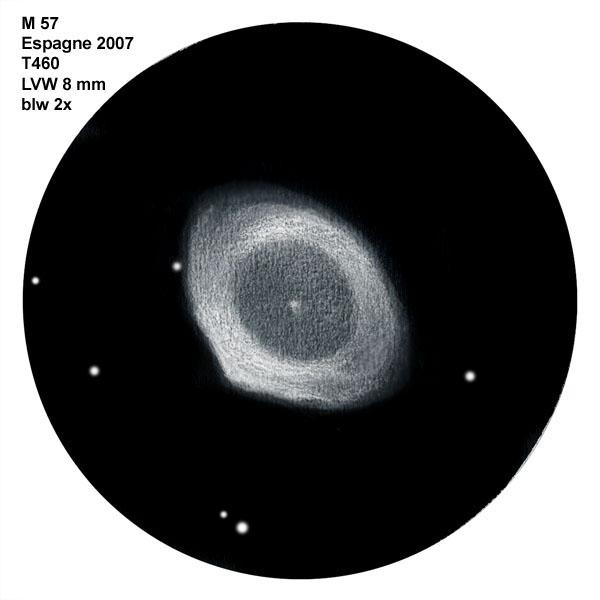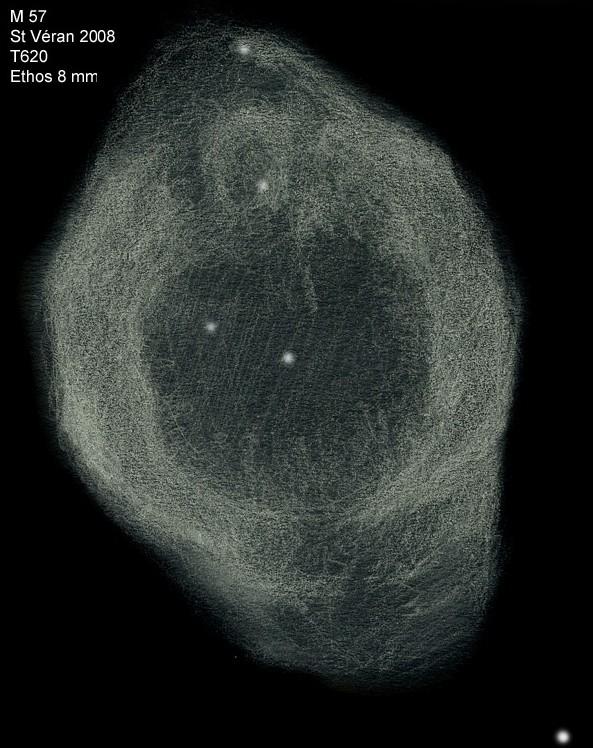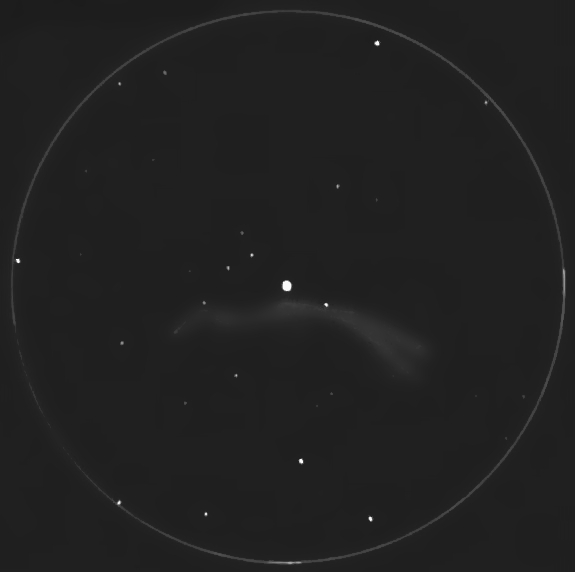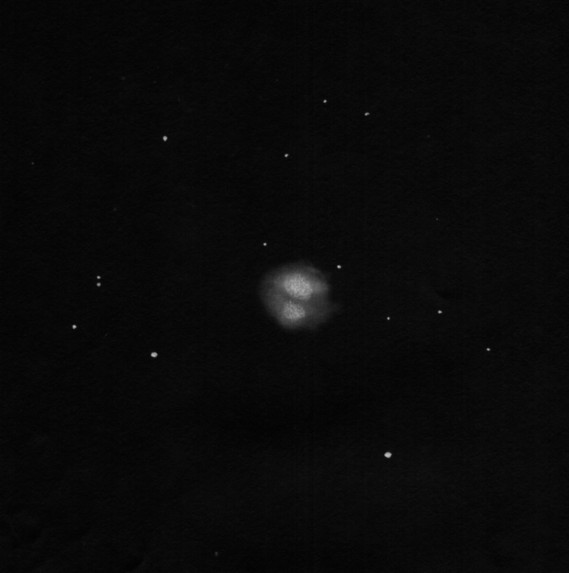NGC 2392, “The Clown” or “Eskimo” Nebula in Gemini
Sketch and Details by Per-Jonny Bremseth
Hey!
I send you, “Where is the clown?”.
Well, I understand that my scope perhaps is to small to see
a clown out there, so I found out that the real clown was looking
from the other end of the telescope tube!!
I used crayons (watercolours) on black paper only.
The atmospheric quality and seeng was moderate.
The observation was made outside Trondheim city, Norway.
More info on my drawing!
Best wishes from Per-Jonny Bremseth.

